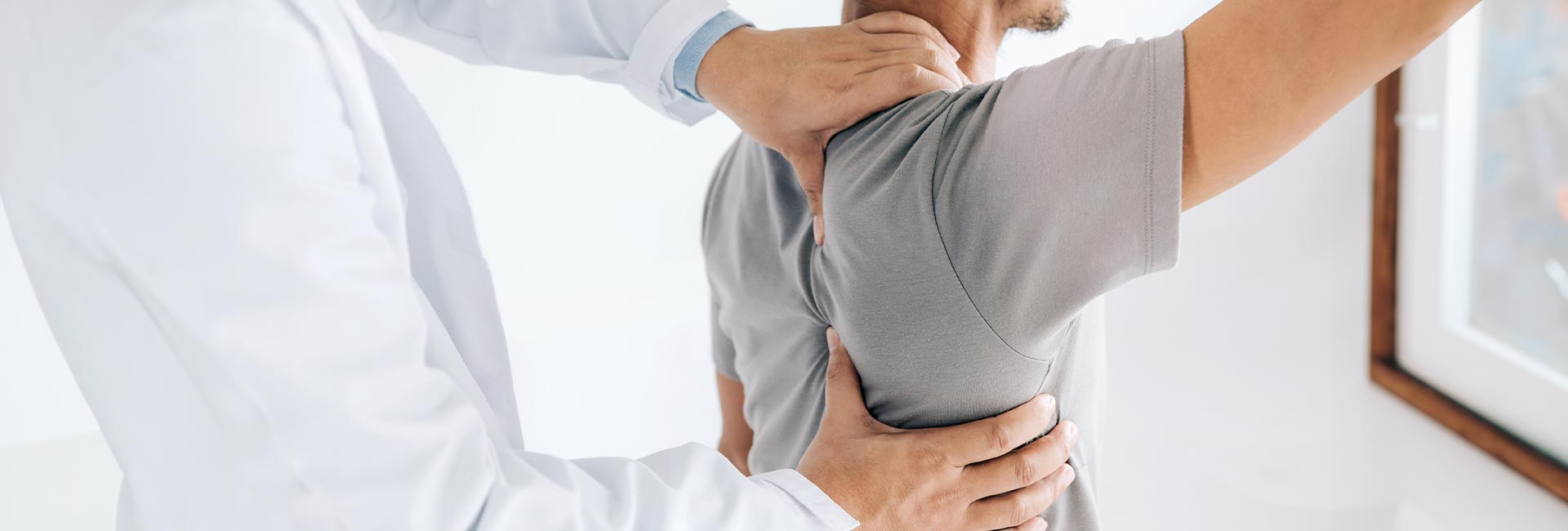Mobilizations with MovementTM – A unique treatment approach to get you moving!
Physical therapists have a long history of using manual (hands-on) therapy techniques to treat pain and loss of motion.
Manual therapy comes in many forms, the most common being mobilization/manipulation of joints and soft tissues (eg. muscles, fascia, nerves). Traditionally this is done to a patient while they are at rest, and typically lying down.
Research continues to provide evidence that a combination of manual therapy, active movement/exercise, and patient education produces the best results toward the goal of unrestricted, pain-free participation in daily work and recreational activities.
Mobilization with MovementTM (MWM) manual therapy techniques – first proposed by New Zealand physiotherapist Brian Mulligan and coined the Mulligan ConceptTM – combine manual mobilizations with active motion. This treatment approach seeks to restore pain-free motion instantaneously and with long-lasting results.
MWM focuses on gentle, pain-free forces applied by a therapist while you move into your painful or restricted motion (and in some cases while producing a force, such as with gripping or lifting a weight overhead). It can be used to treat any region of the spine or your extremity joints (arms or legs). While predominantly a form of treatment, it can also be used as an assessment tool, in which a physical therapist performs tests and measures to determine your physical therapy diagnosis and develop a customized treatment plan.
What is the Mulligan ConceptTM?
The acronym PILL helps to further clarify this method.
Pain-free. If a technique produces any pain, it is not used! These are safe, gentle techniques and while when first applied during the assessment they may produce some discomfort, the treatment is only performed if the technique can be done pain-free. This is often achieved with a change in the therapist’s force, direction or choosing a different technique.
Instantaneous. We expect the results to be immediate. Pain with movement is eliminated, mobility improves and there is improved function such as the patient is able grip, lift overhead or perform a squat.
Long-lasting. The improvements seen in pain, mobility and/or function must be retained or MWMs are not performed. When looking for a positive response we expect improvements on the first day but realize it may take several sets of multiple repetitions of one or more technique(s) to see long-standing changes. A home exercise program, including self-mobilizations if applicable, is often a key component to creating the desired long-term effect.
Tibial rotation for knee pain.
One of my favorite MWM techniques is for the knee. When someone has pain and/or limited ability to bend (flex) their knee, this can limit the ability to get up/down from a chair, get in and out of a car, perform a squat, lift items from the ground, ascend or descend stairs and numerous other daily and recreational activities.
While there are 5 key Mulligan Concept techniques for the knee, the “tibial rotation” option is my go-to. This is applicable to knee pain and/or stiffness arising from several different diagnoses, including arthritis, pain coming from under the kneecap (patella), and even after knee surgery.
The following images depict the typical progression of the tibial rotation technique. Assessment and treatment start in non-weight-bearing (lying on your back), progress to partial loading of the knee (foot on a low table or chair), and finally to full weight-bearing (squatting or lunging). This technique can easily become a self-mobilization and part of a home exercise program, meaning you can self-treat for pain and/or stiffness anytime you need to!

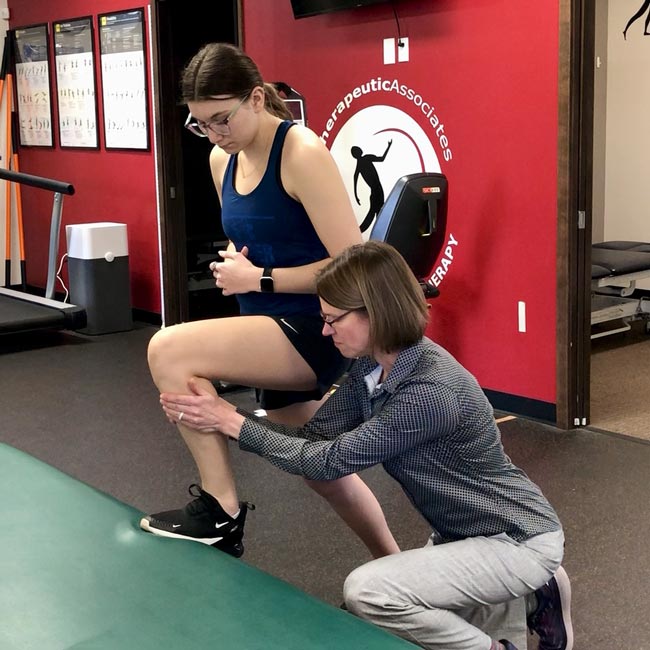
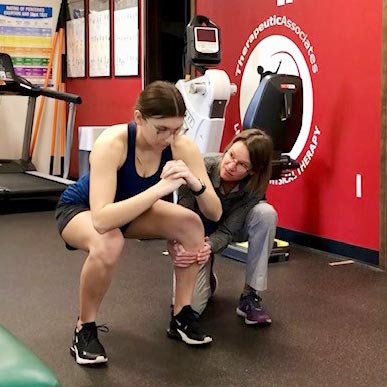
Functional positions for low back pain.
A common referral to physical therapy is for low back pain. Back pain affects up to 90 percent of the population at least once in their lifetime and can significantly impact daily life. The Mulligan Concept addresses this condition in “functional positions” of standing or sitting, which is important because these are the positions where we spend most of our waking days and when low back pain is typically experienced.
Low back pain is another condition that I’ve successfully used MWMs to address in the clinic on numerous occasions. Called SNAGs (Sustained Natural Apophyseal Glides), this Mulligan Concept technique includes mobilizations that are easily learned in the clinic and become self-treatment!
As with many of the Mulligan Concept techniques, there is scientific evidence in support of this form of treatment for the low back (lumbar) spine. A study done in 2017 demonstrated that stretching and strengthening exercises with lumbar SNAGs are better at reducing pain and improving function than exercise alone.3
For this technique, your therapist employs the use of one hand to apply the mobilization/force while you move into your painful and/or limited motion, such as bending forward or backward. For self-SNAGs, you can use a belt to apply the force.
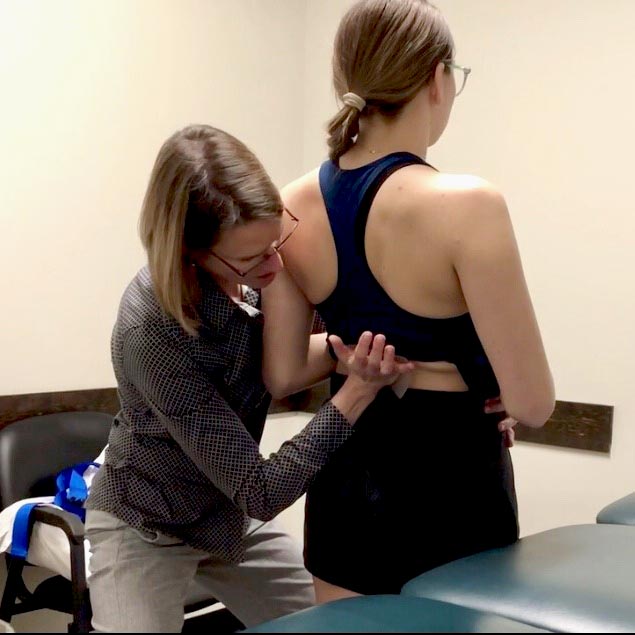
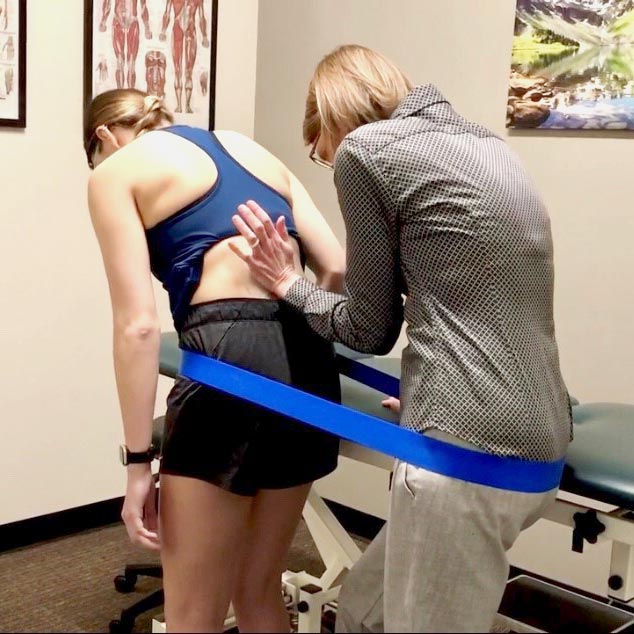
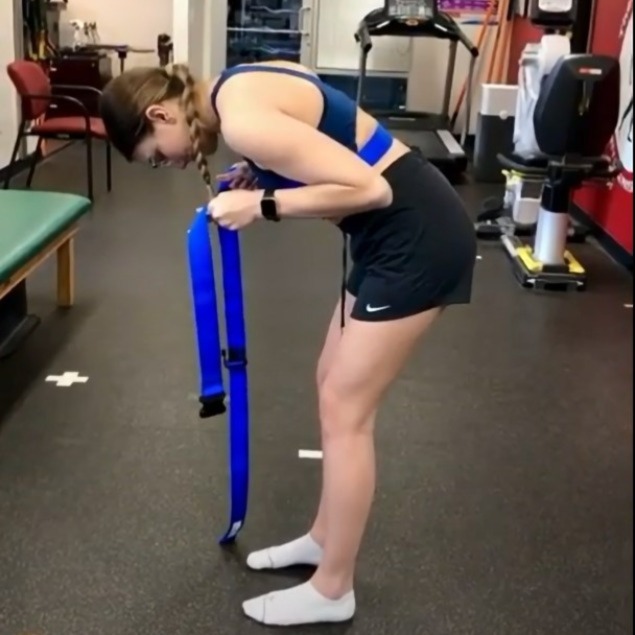
These are just 2 examples of several MWM techniques therapists utilizing the Mulligan ConceptTM have at their disposal to assist you with the resolution of pain, improving mobility, and ultimately improving function.
As not every patient responds to treatment in the exact same way and while not everyone will respond positively to every form of manual therapy, MWM can be a valuable tool in the manual therapist’s toolbox!
For a Certified Mulligan Practitioner (CMP) and additional resources check out:
Video demonstrations for the Mulligan Concept:
References:
- Mulligan, BR. Manual Therapy. NAGS, SNAGS, MWMS, ETC. 7th Published 2019 by Orthopedic Physical Therapy Products. ISBN-13: 978-1-877520-18-1, ISBN: 1-877520-18-7
- Nam CW, Park SI, Yong MS, Kim YM. Effects of the MWM Technique Accompanied by Trunk Stabilization Exercises on Pain and Physical Dysfunctions Caused by Degenerative Osteoarthritis. J Phys Ther Sci. 2013 Sep;25(9):1137-40. doi: 10.1589/jpts.25.1137. Epub 2013 Oct 20. PMID: 24259931; PMCID: PMC3818775.
- Hussien HM, Abdel-Raoof NA, Kattabei OM, Ahmed HH. Effect of Mulligan Concept Lumbar SNAG on Chronic Nonspecific Low Back Pain. J Chiropr Med. 2017 Jun;16(2):94-102. doi: 10.1016/j.jcm.2017.01.003. Epub 2017 Mar 30. PMID: 28559749; PMCID: PMC5440688.

Start your physical therapy journey today.
As physical therapists, we know the importance of movement for overall health and well-being. From injury recovery to achieving optimal performance, our passion is to help every patient reach their goals and live an active, pain-free life. Get started with PT today!
